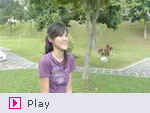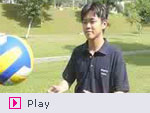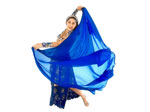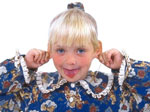| But you've got to know what your eye is doing! You might think it works like this:

Panning
That's not what happens. Your eyes nearly closed, your head and eyes whip round and open again. In effect, you CUT from one picture to the next:

Cutting
Cutting seems natural. But cut to what?
 |
|
A Long Shot? |
|
 |
|
A Mid Shot? |
|
 |
|
A Close Up? |
|
 |
|
A Big Close Up? |
The rule for shot size is: the greater the emotion,
the closer the shot should be.
But remember that even the best phone camera screen is small; so keep close if in doubt. |
